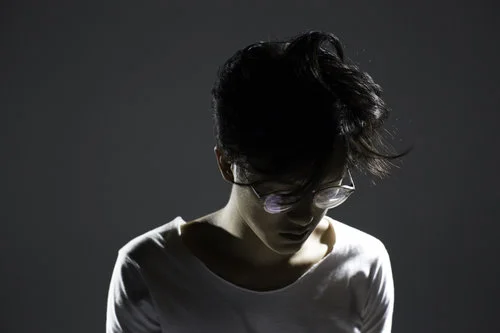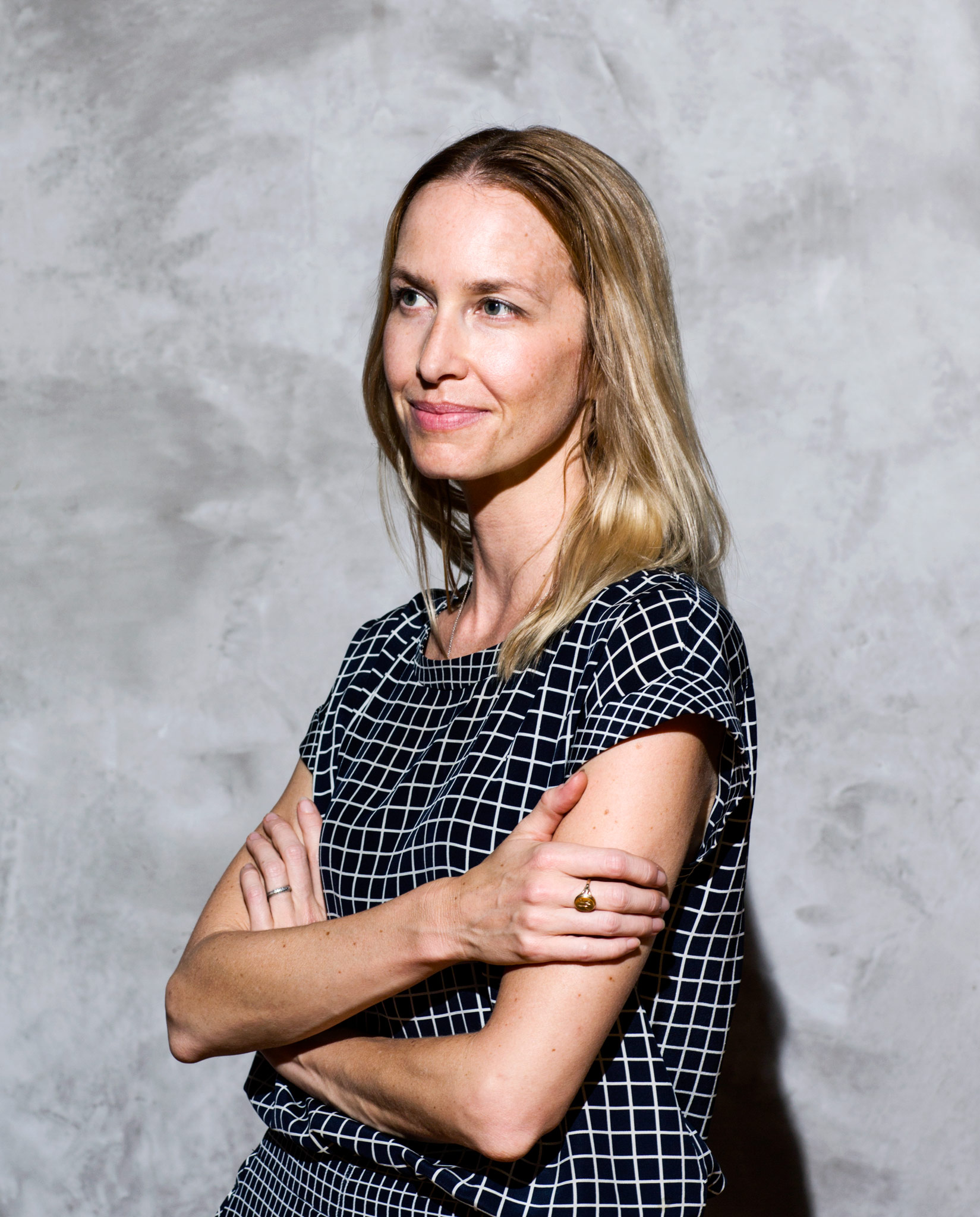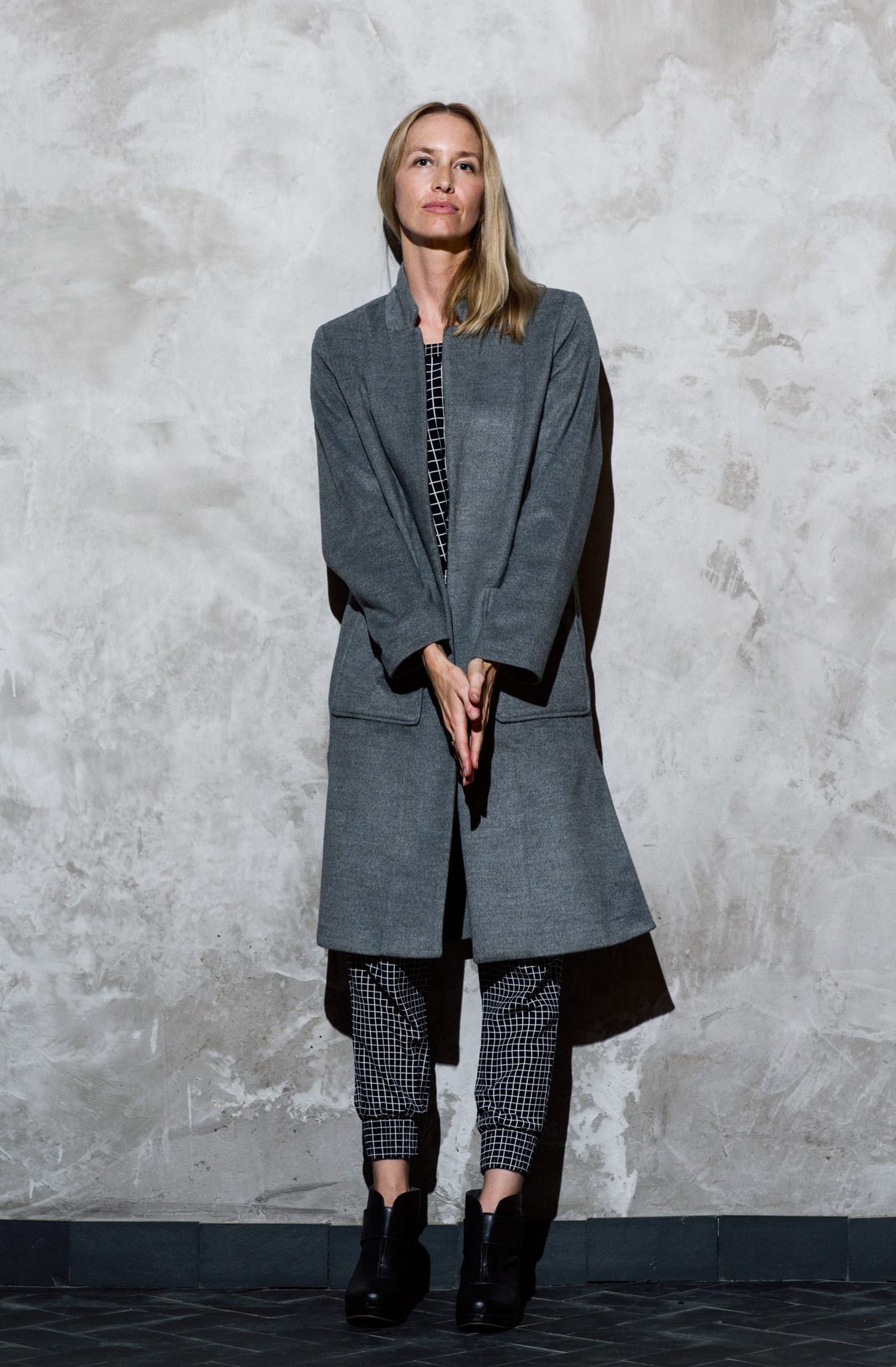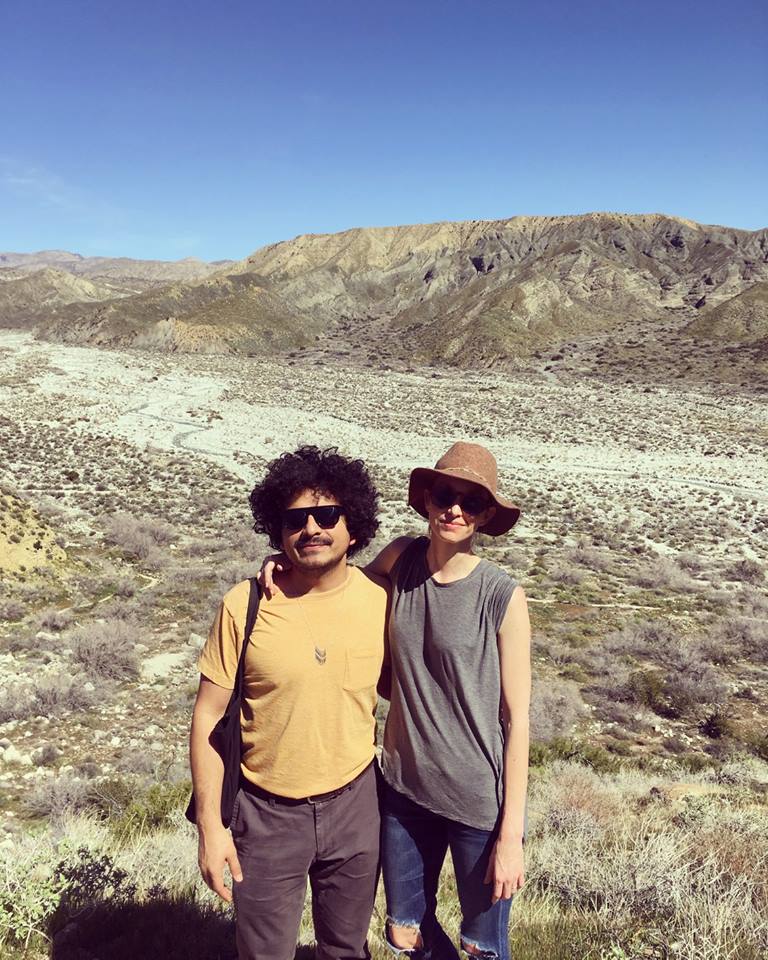by Patrick Marschke
Ian Chang by Sara Heathcott
This weekend Son Lux's drummer Ian Chang makes his way to the cities to perform Spiritual Leader, a solo performance consisting of drums, a laptop, and an infinite palette of sounds. Although the technology involved in making his performance possible was developed very recently, Ian is part of a long tradition of musicians that have consistently and completely redefined what it means to be a drummer by their ingenious embrace of new technologies.
Trap Kit Innovator Warren "Baby" Dodds
Drums or “membranophones” are very old and ubiquitous instruments, the earliest archaeological evidence from as early 5500 BC, second to voice as a tool for musical expression. The modern drum set as we know it today is, by comparison, very young. Its conception was spurred by technology and a few visionary innovators at the turn of the 20th century. The “Trap Kit” (short for contraption) was a way for a single musician to cover all of the parts of a marching drum section: bass drum and cymbals (the hi-hat) with the feet, and snare drums/toms with the hands. It was practical and malleable — need a cowbell for the bridge? Attach one to the bass drum. Need a gong? Why not THREE. By 1940s the trap kit was distilled to the drum kit we recognize today.
Sonny Greer with Duke Ellington and a ton of stuff
What is fascinating and unique about the drum set is that unlike instruments like piano and violin, whose designs have remained practically identical for centuries, the modular nature of the instrument has allowed its practitioners the ability to modify and redefine their sound through the nearly limitless potential customization of the “standard” kit: each drummer can build their instrument to accommodate the specific needs of their musical situation.
Fast forward to the 70s. Suddenly, sounds weren’t solely being created by vibrating membranes anymore. Synthesized sounds began to creep into nearly every genre — sine waves, envelopes, noise, and filters sought to replicate the familiar and, more thrillingly, created sounds that had never been heard before. Sonic explorers as they tend to be, drummers found ways of incorporating these new-found sounds into their contraptions.
Kraftwerk’s Karl Bartos wired up one of the first electronic “drum sets” to accompany the band’s revolutionary pulsing synths.
Along with the 80s came the introduction of the drum machine: notably the LinnDrum and Roland TR-808, whose rhythmic infallibility was initially seen as a threat to be-sticked percussionists. Why lug around a bunch of heavy empty cylinders and their human counterparts when you could plug in a slick little box that could fill a room with groovy beats with the push of a button? Critics accused the drum machine’s gridlocked pulsations of coldness and sterility. Musicians like Prince thought differently. Ever-adaptable, drummers persisted and with the advent of digital samplers found new ways cue up these sounds through pads played with fingers on an MPC or through stick-triggered rubber drum-like pads.
In the 90’s and early 2000s the advent of affordable laptops meant that drummers could add some serious computational processing to their contraptions, giving them instant access to any conceivable sound, signal processing, looping, and interactive generative performance environments. As thrilling as all these new sounds and ways of accessing them was (and still is!), there was something missing. Acoustic drums have a mystical quality: the sensitivity to touch, the way their incredibly complex frequencies interact with a room and our bodies. In the past decade, a few pioneering drummers have come up with some incredibly creative solutions to this acoustic/electronic divide by simply taking the best of both worlds. Below is a completely un-exhaustive look into those methods culminating in an in-depth look at what makes Ian’s approach stand out:
Deantoni Parks || The Micro Sampler
Deantoni maps tiny samples to a midi keyboard, much like one would with the above mentioned MPC sampler, while maintaining the nuanced control and accuracy provided by piano-like keys. He sacrifices his right hand and makes up for it with a completely inhuman left hand. Seriously, how does he do that?? The shortness of the samples obscures and abstracts their source, creating an incredible percussive and musical palette framed by Deantoni’s rigorous and patient song structures.
Nate Wood || One Man Band
Nate Wood sounds like 5 people even when he is only playing drums in Kneebody. Somehow he has figured out a way to forgo having a band all together, because why not? Here he plays synths, electric bass, and sings all without dropping a beat OR a stick. WHAT?
Josh Dion || Soul and Rhythm
Josh’s approach is similar to both Deantoni and Nate with a small synth covered by his right hand with the addition of an incredibly soulful voice, killer songwriting, and unparalleled groove.
Martin Dosh || Hometown Hero
Twin Cities local Martin Dosh uses a band’s worth of instruments and slick looping techniques to slowly unfurl fully fledged songs.
You’ll notice that all these videos have something in common: each drummer has an additional interface or instrument to create the non-drum sounds, which means they sacrifice a hand and end up juggling an instrument or two. It is incredible, but certainly not intuitive. Sunhouse Sensory Percussion, the technology used by Ian, came up with a novel solution to this: a sensor analyzes the frequency information of a given drum and uses machine learning to map samples to 10 distinct “zones”. What makes this different than a traditional electronic drum or drum trigger is that these 10 zones flow seamlessly into each other, creating hybrid sounds rather than stark contrasts. Finally the physicality and nuance of drums has been translated to the digital realm with revolutionary implications. Ian Chang was one of the first musicians to utilize this system and has completely embodied the technologies' potential.
If you watch a muted video of Ian playing it looks like a drummer playing drums. Unmute and a world of sounds spills out. The power of the technology comes from its intuitiveness, and at the hands of a master practitioner like Ian, the results are unprecedented.
We asked Ian a few questions about the project:
PM: What came first, the technology or the idea of having a solo set?
IC: The technology came first. I started putting ideas together for a solo project when beta testing Sensory Percussion.
What aspects of the technology are you excited to explore in the future?
I'm excited to collaborate with people more on my next release. Doing the first release solo has given me the opportunity to dive in pretty deep on the technology, and I think it has some exciting collaborative possibilities!
How do you find your sounds/samples?
I'm lucky to be part of a musical community where there is no shortage of people who are incredible at their instruments, so I'm always trying to tap into that as much as possible. There's nothing like the sound of somebody playing an instrument that they have a deep relationship with.
Are there solo drums + electronics projects that you admire?
Definitely. Shigeto, Deantoni Parks and Dosh come to mind.
Is there music that was particularly influential on this project?
Not intentionally, I think any musical influences are more subconscious.
Have you used this setup in collaborative settings?
I have! Both in the studio as a writing/ arranging tool as well as in live settings both improvised and not. It's super flexible!
Do you think that it is important for listeners to know how your music is made/generated?
The goal is to make music that can stand alone, so that it doesn't require a footnote for people to connect to it. However, I do think that the process is central to what makes this project unique, so it's both important and unimportant.
How is the live iteration of this project different than the EP?
Not very. The challenge I placed on myself with this EP was that every track would be made up of unedited performances. The main difference is that the experience of seeing it live is visual, both in terms of seeing it performed and also there is a lighting component to the show.
See it live: Ian opens for Rafiq Batia
Saturday Oct. 21
FOLLOW LIQUID MUSIC FOR UPDATES AND ANNOUNCEMENTS
Twitter: @LiquidMusicSPCO (twitter.com/LiquidMusicSPCO)
Instagram: @LiquidMusicSeries (instagram.com/liquidmusicseries)
Facebook: facebook.com/SPCOLiquidMusic
Patrick Marschke is a Minneapolis-based percussionist, composer, and electronic musician trying to make all of those things into one thing. He is a member of the Minneapolis-based music collective Six Families and occasionally writes about music for the SPCO, the SPCO’s Liquid Music Series, and Walker Art Center in addition to working at The American Composers Forum











